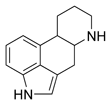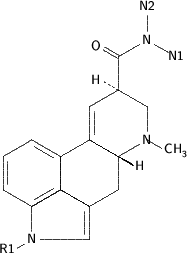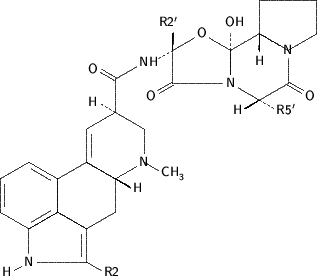Epidemiologic studies have suggested that Chlamydia pneumoniae may contribute to inflammation in arteriosclerosis. Trials investigating the role of macrolide antibiotic therapy in patients with acute coronary syndromes are inconclusive. Zahn and colleagues performed a prospective, randomized, placebo-controlled, double-blind study on the effect of roxithromycin on morbidity and mortality in patients with acute myocardial infarction.
The study involved 68 hospitals in Germany and included 872 patients with a mean age of 61 years who were diagnosed with acute myocardial infarction using the same criteria. Patients were excluded from participation if they had allergy to macrolide antibiotics, were pregnant or lactating, were using drugs containing ergotamine or dihydroergotamine, had severe systemic disease (i.e., liver disease, central nervous system disease) that could keep them from adhering to the study protocol, or had a possible inability to complete follow-up. Inclusion did not depend on the results of serologic testing for previous C. pneumoniae infection.
The patients were randomized into two groups: 433 patients were treated with roxithromycin in a dosage of 300 mg daily for six weeks, and 439 patients were given placebo for the same period. Total mortality at one year was the primary end point. The three secondary end points were as follows: (1) death, reinfarction, stroke, resuscitation, or postinfarction angina before discharge from the hospital; (2) death, reinfarction, stroke, resuscitation, or unstable angina pectoris resulting in another hospitalization within one year; and (3) rate of coronary artery bypass surgery or percutaneous intervention within one year.
Within less than four weeks, 78 patients (18 percent) discontinued roxithromycin therapy, while 48 patients (11 percent) discontinued placebo. The difference was statistically significant, but the authors did not find a specific reason to explain why the antibiotic group was less compliant. Total mortality at one year was comparable in both groups, and no significant differences were noted in the secondary end points. Thus, roxithromycin did not improve clinical outcome in patients with acute myocardial infarction.
The authors acknowledge that their study may have lacked power because the study population was only 22.2 percent of its projected size (initial predicted sample size: 3,922 patients), and no subgroup analysis was performed to examine the effect of macrolide treatment in patients with positive titers for C. pneumoniae. In general, the study findings support the negative results of larger trials and contradict the promising results of smaller trials. The authors propose that macrolide therapy in patients with coronary artery disease has only a small beneficial effect, if any at all.
SUMI M. SEXTON, M.D.
Zahn R, et al. Antibiotic therapy after acute myocardial infarction. A prospective randomized study. Circulation March 11, 2003;107:1253-9.
COPYRIGHT 2003 American Academy of Family Physicians
COPYRIGHT 2003 Gale Group




